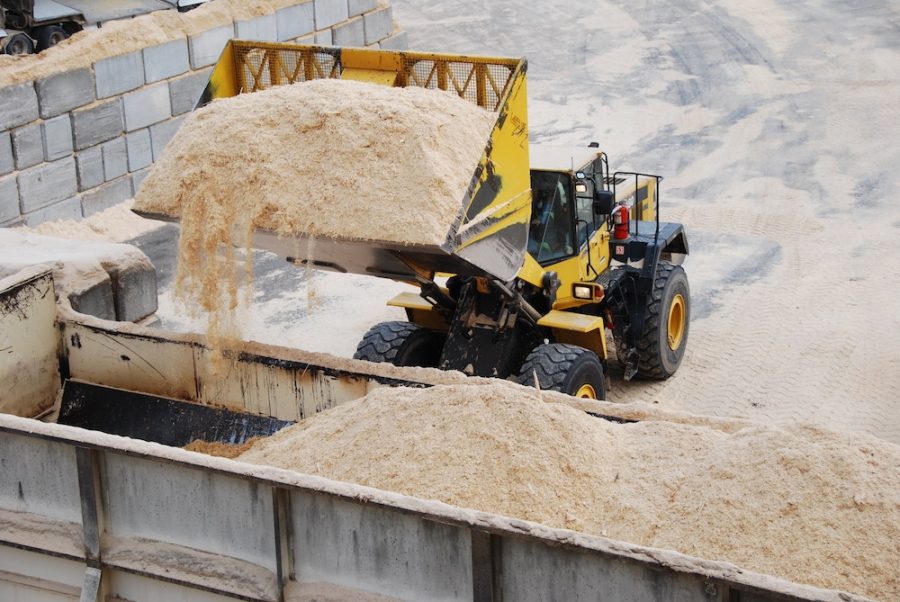
WorkSafeBC’s new resource addresses high injury rates in manufacturing sector
October 12, 2022
By WorkSafeBC
 Photo: Annex Business Media.
Photo: Annex Business Media. Manufacturing in B.C. has an injury rate that is 24 per cent higher than the provincial average. In 2021, there were over 19,000 time-loss injuries in the manufacturing sector in B.C. and close to 4,000 of these were serious injuries.
To help prevent injuries in manufacturing, WorkSafeBC has established a multi-year Manufacturing High-Risk Strategy. As part of this strategy, WorkSafeBC develops health and safety resources to help employers better understand and address health and safety issues.
The latest resource is a new self-evaluation tool for manufacturing workplaces that includes a set of checklists to help employers and supervisors identify, control, and manage risks.
“The self-evaluation tool was designed to help employers identify gaps between existing risks and the current systems in place,” says Barry Nakahara, senior manager, prevention field services at WorkSafeBC. “Once these gaps are identified, the proper mitigations can be implemented to keep workers safe.”
The tool takes a two-pronged approach to risk management: Assessing risks, and then evaluating existing safety management systems and programs.
WorkSafeBC stresses that for the tool to be most effective, the entire workplace needs to be involved in using the tool — including managers, supervisors, front-line workers, and members of the Joint Health and Safety Committee.
Manufacturing High-Risk Strategy
WorkSafeBC’s high-risk strategy for manufacturing through 2023 aims to reduce injury rates — and prevent fire and explosion events — by focusing on known hazards, including:
- Combustible dust
- Falls from elevation
- Flammable and combustible substances
- Hand tools
- Material handling
- Mobile equipment
- Musculoskeletal injuries (MSI)
- Power tools
- Safeguarding and lock out
- Slips, trips and falls
“Our high-risk strategy for manufacturing takes a risk-based approach to ensure that the most significant risks are effectively managed,” says Nakahara. “As always, it’s important for employers to ensure these efforts are effectively communicated to workers, including through orientations, training, supervision, and well-supported joint health and safety committees.”
Manufacturers in B.C. with the highest number of injuries are food and beverage processors, wood and paper product manufacturers, and metal and non-metallic mineral products manufacturers.
Workers are most at risk of injury by being caught in or struck by machinery – with fractures and lacerations to the fingers, hands and wrists being the most common injuries. Fractures account for 36 per cent of serious injuries in manufacturing. Over the past three years, WorkSafeBC has accepted 853 claims for fractures in manufacturing.
There are over 12,000 manufacturing employers registered with WorkSafeBC, and almost 75 per cent have fewer than 10 workers.
Print this page